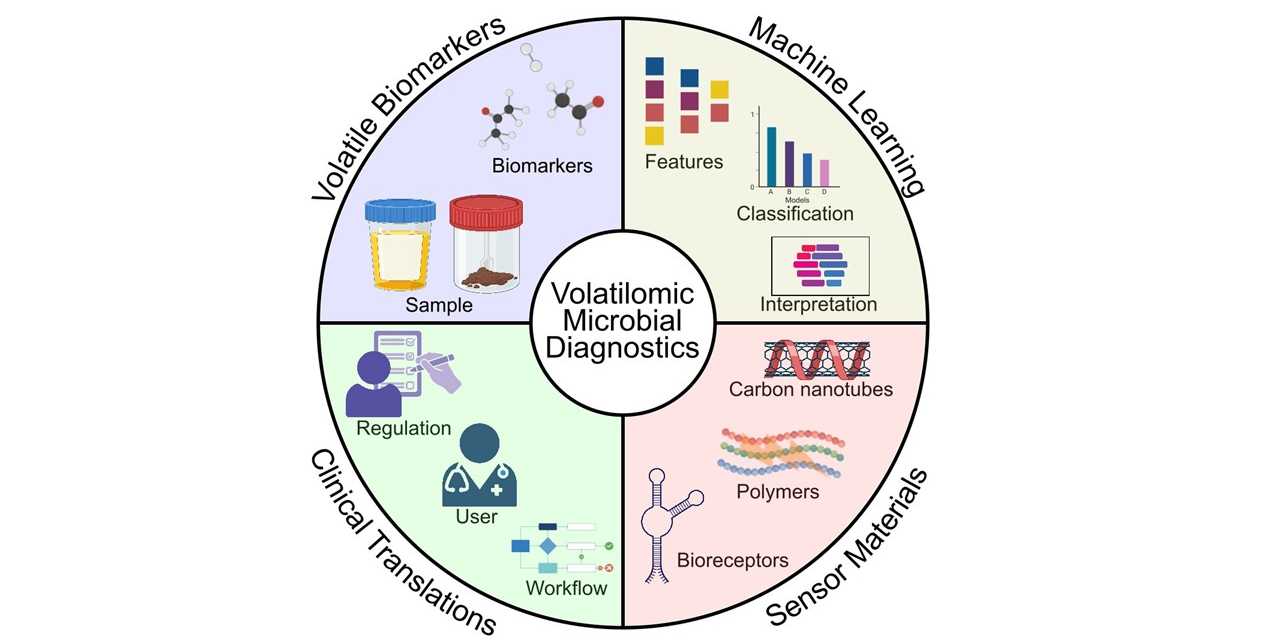Cell Biomaterials on AMR Diagnostics
Our perspective outlines the potential of gas sensors and machine learning for microbial and antimicrobial resistance diagnostics. Congrats to Mehmet Berk Bilgin., Dr. Hamin Shin and our collaborators from ETH Zurich, University of Zurich, Balgrist University Hospital, BRCC and Oxford University.

Current microbial diagnostics are generally culture based and require between one day and up to several weeks from sample collection to the generation of single colony forming units suitable for species identification and antibiotic susceptibility testing. Diagnostic procedures often depend on laboratory specialists and expensive equipment, for example, microscopes, incubators, mass spectrometers, and plate readers. Due to the substantial time delay in identifying a pathogen and determining its antibiotic susceptibility profile, many infectious diseases, including pneumonia, blood stream infections, and urinary tract infections, are frequently treated by empirical use of broad-spectrum antibiotics. This underscores the need for rapid diagnostic approaches to reduce antibiotic overuse, a key driver of the antimicrobial resistance crisis, and to provide faster and optimal therapy for the patient. Recently, the World Health Organization has launched the Antimicrobial Resistance Diagnostic Initiative to support the exploration and development of alternative diagnostic tools.
Cell Biomaterials on AMR Diagnostics
Mehmet Berk Bilgin, Hamin Shin, Catherine R. Jutzeler, Thomas M. Kessler, Emma Slack, Adrian Egli, Andreas T. Güntner
Cell Biomaterials
02.07.2025
Journal Link: external page Cell Biomaterials on AMR Diagnostics
ETH Research Collection: Cell Biomaterials on AMR Diagnostics